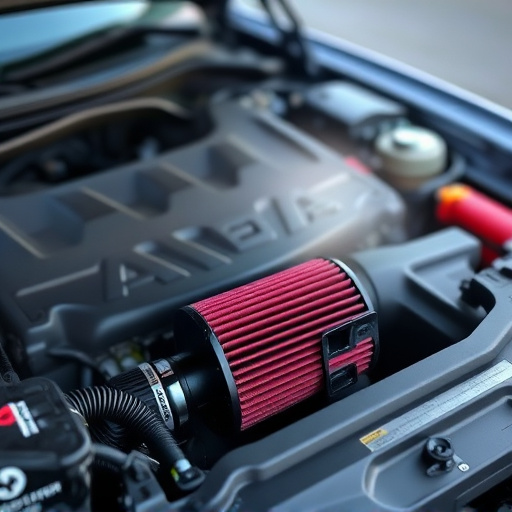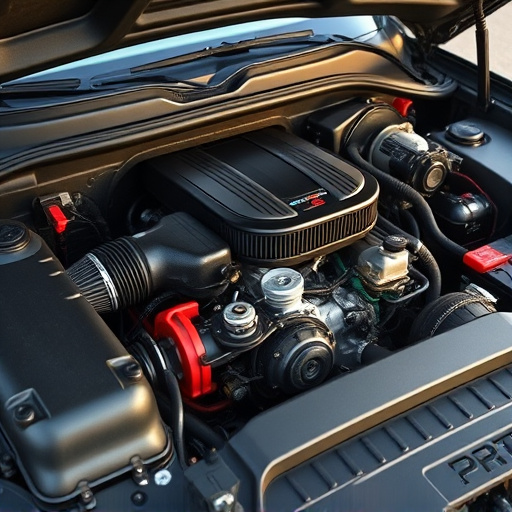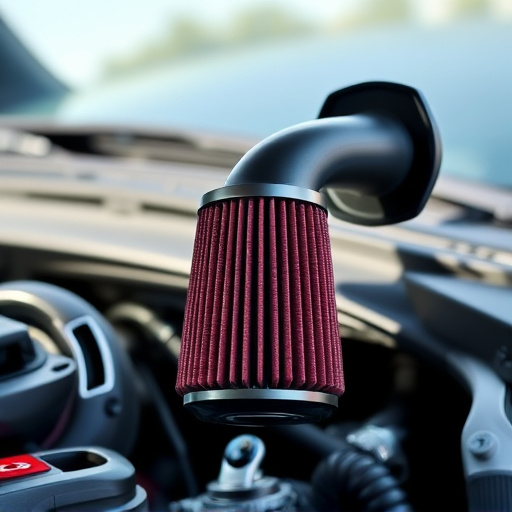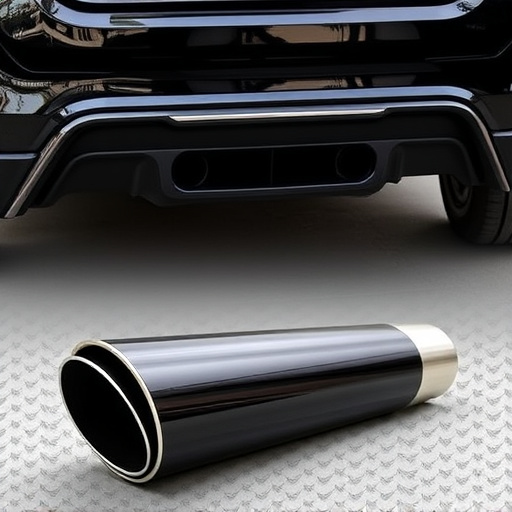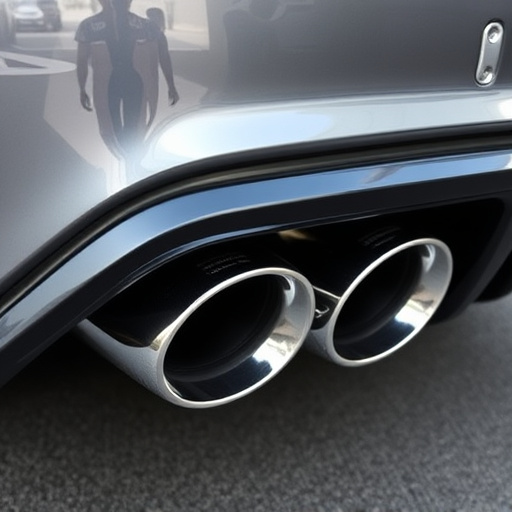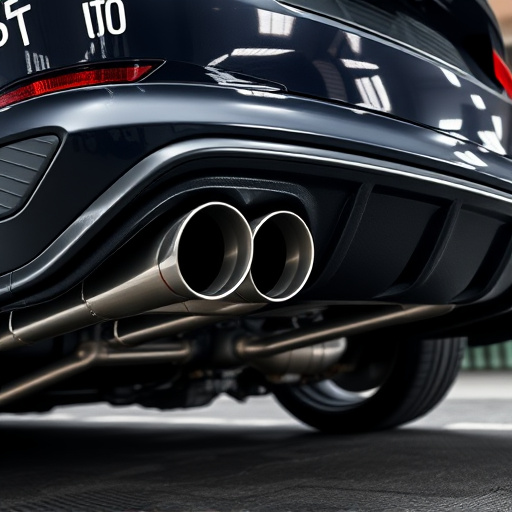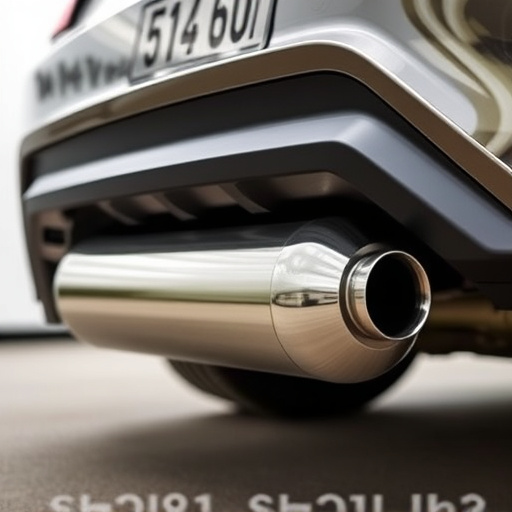The vehicle suspension system, comprising springs, shock absorbers, control arms, ball joints, and stabiliser bars, is vital for smooth driving, stability, and comfort. Home inspections should focus on visible damage, leaks, and corrosion near wheels and exhaust systems to identify potential issues. Prepare with tools, wear protective gear, and refer to the vehicle manual. Raise the vehicle safely, inspect control arms, ball joints, tie rods, shock absorbers, struts, and springs for damage or rust, ensuring optimal safety and handling.
Learn how to inspect your vehicle’s suspension system at home with this comprehensive guide. A vital component of your car’s safety and handling, understanding your vehicle’s suspension system is key to maintaining optimal performance. This article breaks down the process into simple steps, equipping you with the knowledge to identify potential issues. From gathering essential tools and adhering to safety precautions, to performing a thorough inspection, take control of your vehicle’s health today.
- Understanding Your Vehicle's Suspension System
- Gather Tools and Safety Precautions
- Step-by-Step Inspection Process at Home
Understanding Your Vehicle's Suspension System
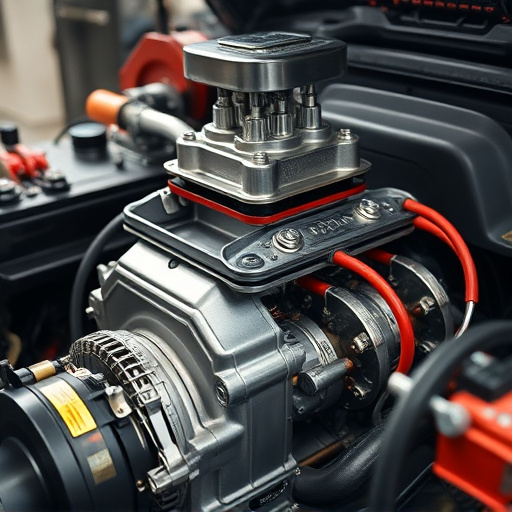
The vehicle suspension system is a complex network of parts designed to connect your car’s wheels to its chassis, enabling smooth and controlled movement. It consists of several key components, including springs, shock absorbers (or struts), control arms, ball joints, and stabiliser bars. These parts work together to absorb road irregularities, maintain vehicle stability, and ensure a comfortable ride. Understanding this system is crucial when performing basic inspections at home, as it allows you to identify potential issues or signs of wear and tear.
By familiarising yourself with the various suspension components, such as the shocks positioned near each wheel, you can easily check for any visible damage, leaks, or signs of corrosion. Muffler tips and cat back exhaust systems, while unrelated to the primary suspension functions, are adjacent components that can provide clues about potential issues. For instance, an unusual sound coming from these areas might indicate a problem upstream, prompting further investigation into the overall health of your vehicle’s suspension system.
Gather Tools and Safety Precautions
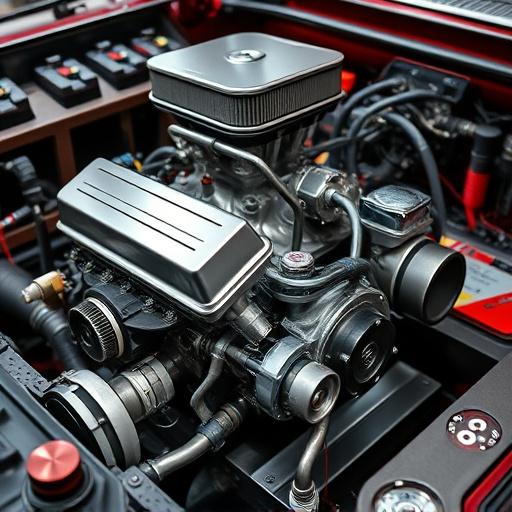
Before beginning your inspection, ensure you have a basic understanding of the vehicle suspension system and its various components. Gather essential tools like jack stands, wrenches, screwdrivers, and a set of flashlights to illuminate dark areas. Safety is paramount; wear protective gear, including gloves and safety goggles, as some parts may require tight spaces and sharp edges. Familiarize yourself with your vehicle’s manual for specific instructions on suspension maintenance, especially when dealing with intricate systems like air intake or brake components.
Additionally, have a clear workspace and consider parking on a level surface to avoid any unexpected movement during the inspection. With the right tools and precautions in place, you’ll be ready to thoroughly examine each part of your vehicle’s suspension system, identifying potential issues early on.
Step-by-Step Inspection Process at Home
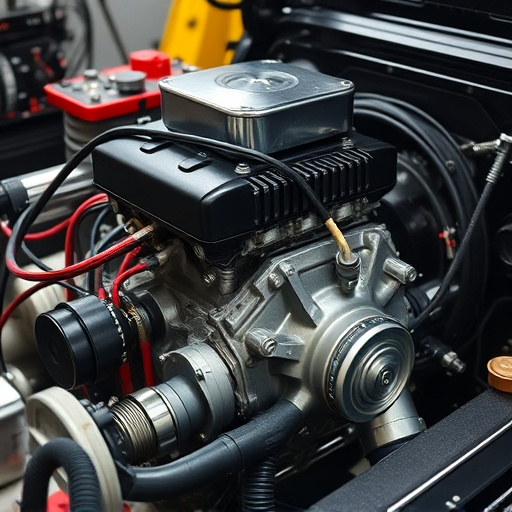
Performing a thorough inspection of your vehicle’s suspension system at home is a crucial task for every car owner. Start by raising the vehicle using jack stands, ensuring safety first. Next, visually inspect the suspension components, looking for any signs of damage or wear. Examine the control arms, ball joints, and tie rods, checking for loose connections or excessive play. These parts are vital for maintaining proper steering and stability.
Proceed to the shock absorbers and struts, which play a significant role in your vehicle’s ride quality. Use a pressure gauge to check the air pressure inside the shocks; low pressure might indicate worn-out components. Also, inspect the springs for any visible damage or rust. High-performance parts like advanced suspension systems can greatly enhance handling and performance brakes, but remember, even standard components should be in good condition for optimal vehicle safety and control.
Inspecting your vehicle’s suspension system at home is a straightforward process that can help you catch potential issues early. By understanding the basic components and following a simple step-by-step guide, you can ensure your vehicle maintains optimal performance and safety. Regular checks, coupled with proper maintenance, will contribute to a smoother ride and extend the lifespan of your car’s suspension system.




